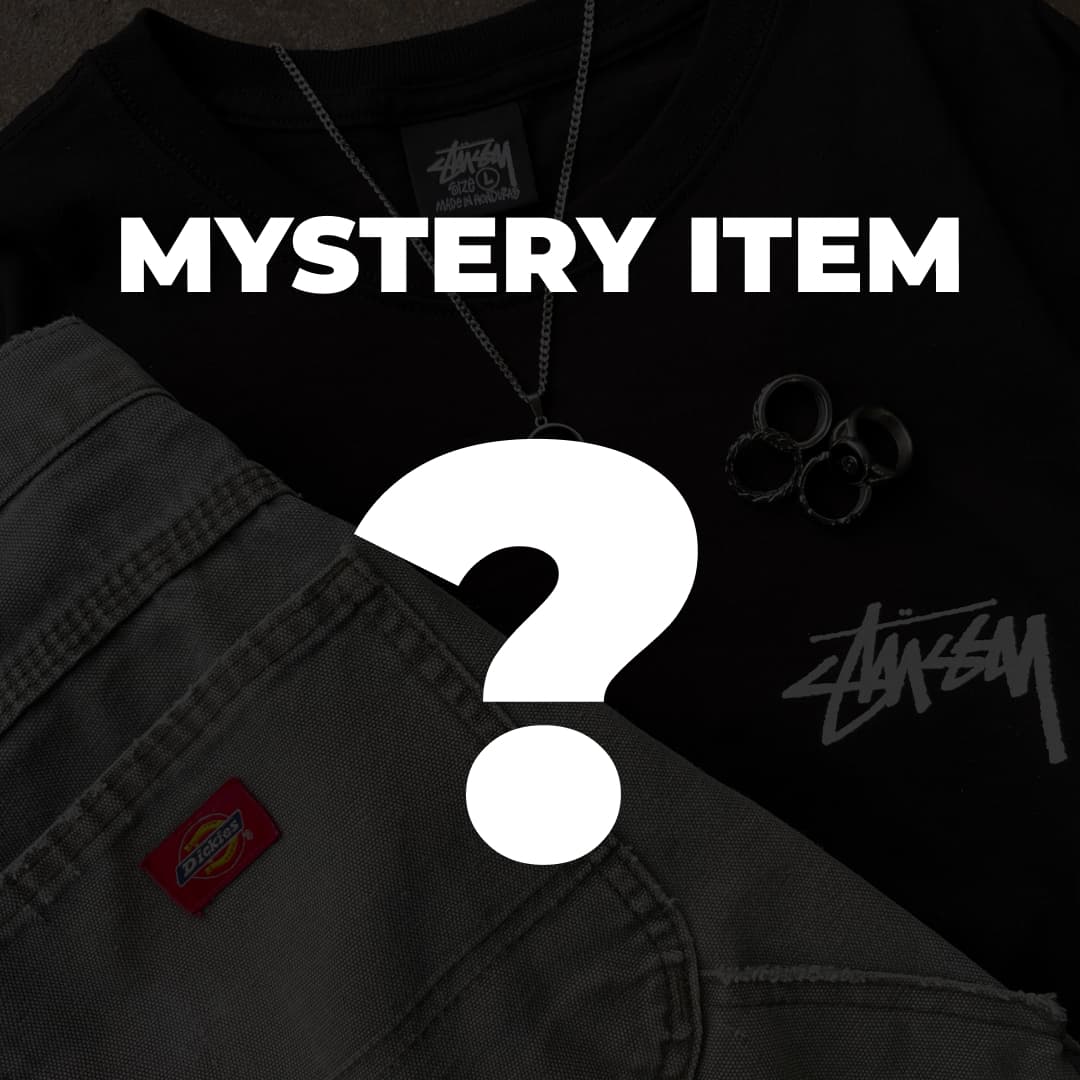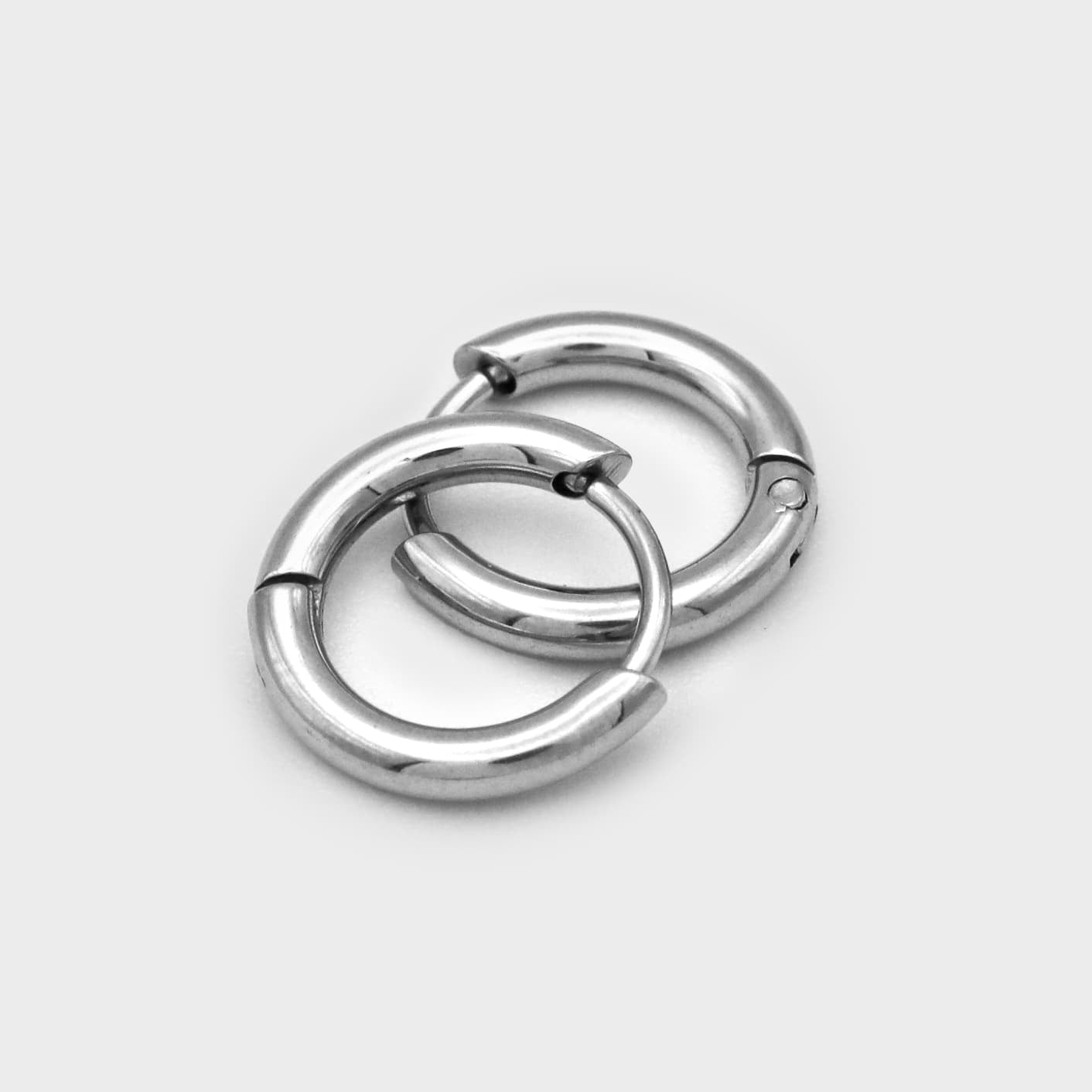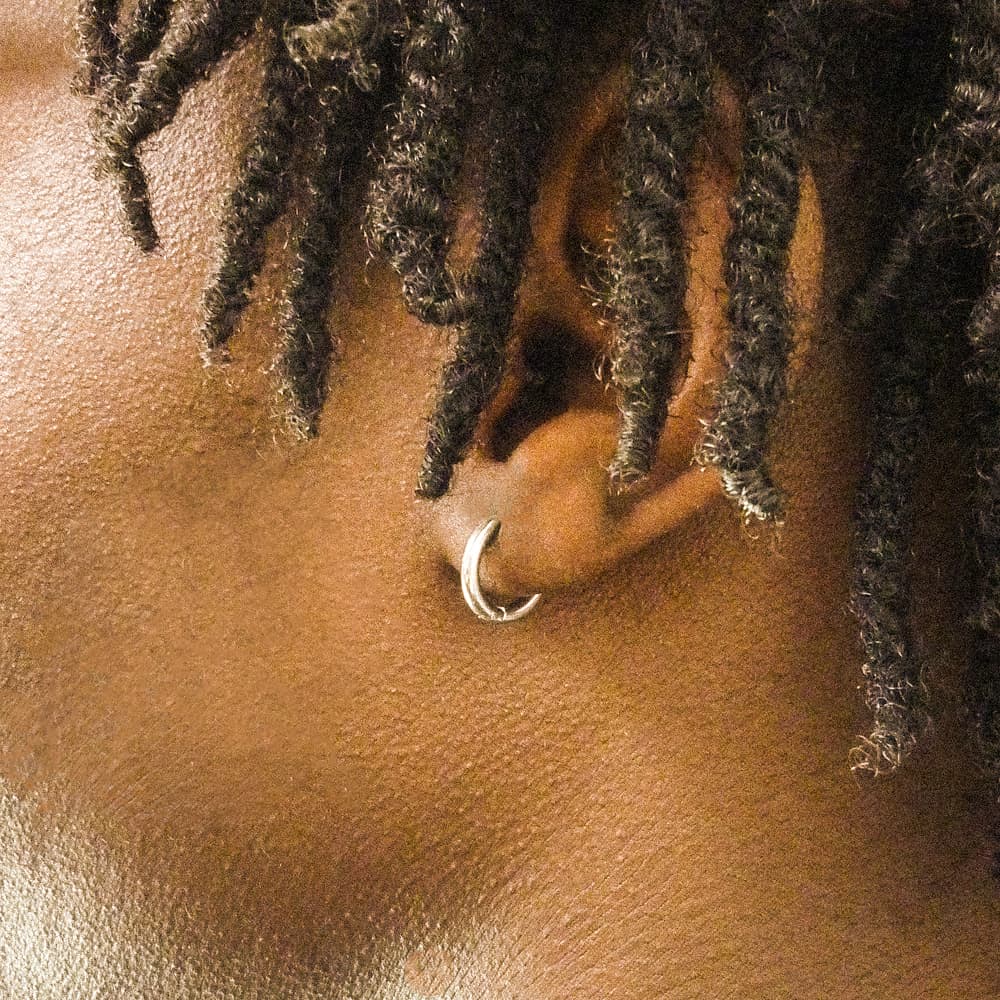
We really do not want you going round and round in circles scratching your head as you try to figure out what this circular fashion malarkey is actually all about, so we have put together a short blog to help explain the main pointers you need to know! Number one: circular fashion is no nonsensical malarkey, but a really important and integral part of fashion, which will help this industry survive and flourish alongside the planet, without destroying it.
What is Circular Fashion?
The idea of a circular economy, is to ensure that the consumption of all goods is sustainable. To achieve this, the product to be consumed, be it cars, furniture, books, electronics, etc. etc, must have or be given a long life, rather than ending up immediately in the waste once no longer serviceable. The throwaway society is a thing of the past and conscious shoppers these days now have a wealth of choices to enable them to partake in this this circular economy. The fashion world is no exception, and there are plenty of options available today, chiefly through vintage clothing stores. Clothing is a great example of a circular economy, as good quality clothes can be worn, handed on, reworn, borrowed, recycled, reworked and adapted. And that is exactly what circular fashion demands: no end game.
 Anna Brismar and Circular Fashion
Anna Brismar and Circular Fashion
Anna Brismar developed the idea of circular fashion as being part of a wider circular economy, when she defined this sector as: ‘clothes, shoes or accessories that are designed, sourced, produced, and provided with the intention to be used and circulate responsibly and effectively in society for as long as possible in their most valuable form, and hereafter return safely to the biosphere when no longer of human use’. (Anna Brismar, Green Strategy, 2017)
Brismar originally formulated her theory in 2014 before refining it in 2017, and it remains the only coherent definition of circular fashion to date (2022).
Circular Fashion in a Nutshell
To the layperson, circular fashion means reusing, reworking and recycling the resources the fashion industry already has. Circular fashion starts at the very beginning of a garment’s lifecycle with the design stage, which should ensure each and every item produced to wear has legs and a stretchingly long life ahead of it. Any garment which is just designed as a one-off occasion piece, is not part of the circular fashion movement.
Of course, those vintage heaters we all love fit perfectly into the circular fashion ethos, just by dint of them having been around for 15+ years and worn previously. Vintage fashion is a happy unintended consequence of this economic model: the items produced back in the day were often of such good quality and with amazing designs, so they continue to flourish today as they achieve and prosper for the current and future generations to rep.

Linear vs Recycling vs Circular Economy
Modern economies were primarily based on a linear model of Take–Make–Waste ad infinitum. Global companies and institutions saw nothing wrong in taking resources from the planet, making their profitable product from them, without pausing to consider a design which would last or be readily repaired. Surprise, surprise, by ignoring the crucial element of reuse/recycle inherent in the circular economy model of product design, they had created items which were designed to end up as unwanted, broken, unloved and ultimately thrown into already overflowing landfill sites across the globe.
But, as we all know, consumers soon rumbled what was happening and turned away from this completely unsustainable linear model, especially as a viable alternative emerged to take its place. The sustainable reuse/recycle/circular approach in fashion soon became widely adopted. Well, keeping resources, once extracted, in circulation for as long as possible, without the need to start from scratch and extract new resources, meant that vintage clothing became a huge part of modern fashion trends.

How Can Fashion Become Circular?
- Keep clothes in use, which is exactly mirrored by the popularity of vintage, retro resell websites, kilo clothing sales, clothing swaps, retail store take-back schemes, garment repair and upcycling services.
- Use renewable and safe materials for all new clothes. High-quality materials ensure durability and long life in the first place, and renewable fibres can be recycled should they ever end up as waste.
- Transform used clothes into new clothes, by upcycling and ensuring every bit of material is reworked, reused or adapted.
How Can I Get Involved With Circular Fashion?
- Buy second-hand. Buy second-hand. Buy second-hand. Sorry, we just want to push this numero uno point!
- Shop from sustainable and ethical fashion brands.
- Reduce your clothes shopping and go for high quality.
- Donate or sell your used clothing for others to enjoy.
- Host a clothing swap.
- Rent one-off outfits and accessories.
- Recycle textiles by taking them to a clothes collection point.
How does Vintage Fashion Fit with Circular Economy?
Vintage clothing is a resource which has been with us ever since it was newly manufactured and it has been staring us coaxingly all in the face ever since. But only now is vintage wear –for leisure, sport, work – beginning to have its potential recognised in a world of ever-diminishing resources. The climate emergency surely is more than enough to focus all our minds on those valuable vintage bangers from previous decades, which are already in circulation. Vintage clothing comes ready made with no use-by date attached, so it really is the perfect candidate for you to wear as you too jump aboard the circular economy.

Conclusion/Takeaway
Circular or Linear? Which model do you follow with your fashion choices? We hope this blog will help you see just how straightforward it is, to be sustainable with your wardrobe, and that there is masses of info out there and readily available to steer you away from the consumption of fast fashion, into the altogether friendlier and all-embracing world of slow circular fashion.
- Follow our socials to be the first to hear what’s happening
- Tap here to check out our latest drop of vintage heaters from the 90s–00s






